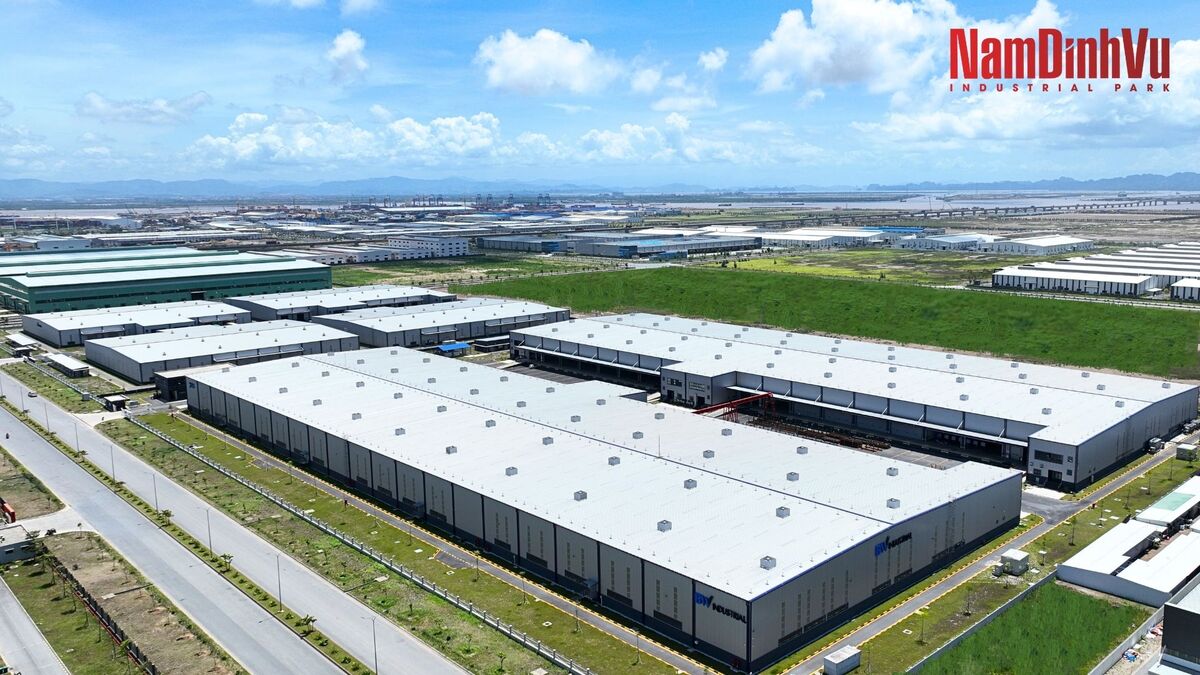Industrial Zone South Vietnam
Southern Vietnam stands as the beating heart of the country’s industrial growth. Over the past decade, the region has emerged as a magnet for global manufacturers and investors, thanks to its strong infrastructure, vast land resources, and strategic connectivity. Today, industrial zones across the South are not only expanding in size but also transforming toward smarter, greener, and more sustainable models of development.
A Dynamic Industrial Landscape Anchored by Key Provinces
The industrial real estate sector in southern Vietnam remains the backbone of the country’s production landscape. As of Q1 2025, total industrial land supply in the region reached approximately 28,500 hectares — a stable figure compared to previous quarters, yet accompanied by a noticeable surge in investor demand. This steady supply paired with rising absorption signals a market that is maturing in structure while still expanding in opportunity.
Binh Duong and Dong Nai continue to dominate the southern market, contributing 27.6% and 26.1% of total land supply respectively. These two provinces have long served as industrial anchors within Vietnam’s manufacturing value chain, hosting a diverse mix of sectors ranging from electronics to logistics. Their continued leadership underscores the South’s pivotal role in driving both national exports and industrial diversification.
Meanwhile, Long An Province (now part of Tay Ninh) has emerged as a new logistics hotspot, accounting for more than 60% of the region’s net land absorption. This impressive growth is powered by large-scale infrastructure upgrades — including the Ben Luc – Long Thanh Expressway, Ring Road 4, and newly developed transport links connecting directly to Ho Chi Minh City. These improvements not only enhance accessibility but also streamline logistics operations, helping investors reduce costs and shorten delivery times.
Across the region, the development landscape reflects a clear evolution from industrial expansion to industrial sophistication. The focus is shifting beyond mere land availability toward connectivity, sustainability, and technological readiness. Southern Vietnam is no longer just a manufacturing base — it is gradually transforming into an integrated industrial ecosystem where innovation, efficiency, and green growth define the new era of industrial development.
Infrastructure Expansion Driving Future Growth (2025–2028)
From 2025 to 2028, the southern region is projected to welcome more than 7,200 hectares of new industrial land, marking one of the most ambitious expansion phases in recent years. This rapid growth not only reflects the region’s increasing appeal to global investors but also underscores Vietnam’s commitment to modernizing its industrial infrastructure.
Binh Duong Province continues to reinforce its leading role in industrial development with the expansion of Bau Bang Industrial Park and the addition of new zones such as Lai Hung, Bau Bang 3–4, and Dau Tieng 4 — together covering over 1,500 hectares. Meanwhile, Ba Ria – Vung Tau is set to introduce four new industrial zones — Bac Chau Duc and Chau Duc 1–2–3 — spanning more than 3,800 hectares, further strengthening the province’s position as a strategic industrial and logistics hub.

These large-scale projects are strategically aligned with key national infrastructure developments, including Ring Roads 3 and 4, the Bien Hoa – Vung Tau Expressway, Long Thanh International Airport, and Cai Mep Port. Collectively, they form the foundation for a smart, interconnected industrial ecosystem that harmonizes production, logistics, and global trade. This synergy marks a significant shift from traditional industrial models, positioning southern Vietnam as a dynamic manufacturing and logistics powerhouse within the Asia-Pacific supply chain.
Toward a Smart, Green, and Investor-Friendly Future
From Binh Duong and Tay Ninh to Ho Chi Minh City, southern Vietnam’s industrial zones are converging to form a seamless ecosystem of manufacturing and logistics. These zones feature modern infrastructure, high-quality facilities, and flexible investment options — from ready-built factories to large-scale industrial land.
Notable developments such as Becamex Binh Phuoc, Phuoc Dong, Bau Bang, and Hiep Phuoc are redefining industrial park standards in Vietnam. Each embraces digital transformation, clean industries, and eco-friendly planning to support sustainable growth. Many of these zones now incorporate urban, service, and innovation components, creating integrated environments where production, living, and innovation coexist.
These efforts underline Vietnam’s broader commitment to sustainability — where industrial growth is balanced with social responsibility, environmental stewardship, and digital modernization.
In conclusion, the industrial zone in South Vietnam represents more than just an investment destination; it is a vision of the country’s industrial future — smart, connected, and sustainable. As infrastructure continues to evolve and global investors seek efficiency and resilience, southern Vietnam is poised to remain a central force shaping the nation’s economic transformation in the years ahead.
Source: VR360
